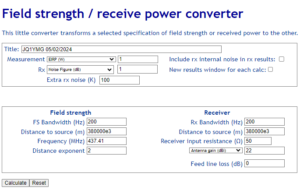This article discusses adding a second synchronous AC generator in parallel with a running synchronous AC generator.
For explanation, a simple context is used, two identical diesel engine driven generators with governed speed, no droop compensation, otherwise largely manual control, simple equivalent circuit of the machines. The complexity of other factors like harmonic currents etc are not discussed.
The simple model is useful as it underlies practical machines and is a good configuration to introduce the main principles of the operation.
To avoid typos, some of the text uses Python formatting of complex numbers.
Prerequisites for paralleling three phase synchronous generators
Prerequisites for paralleling three phase machines are:
- same phase sequence (eg both A-B-C);
- nearly the same voltage; and
- nearly the same frequency, and eventually same phase.
(1) does not apply to a single phase machine. (1) is resolved at the time of wiring up the machines and circuit breakers used to connect them to the bus. Unless changes have been made to machines or wiring, sequence should not need to be checked. After any reconfiguration or wiring changes phase sequence should be checked by a competent person.

Phase sequence is checked using an instrument like one of these above. The left one is a small three phase motor, the right one is electronic and shows sequence with an LED. Continue reading Paralleling two synchronous AC generators
Last update: 24th February, 2024, 10:47 AM







